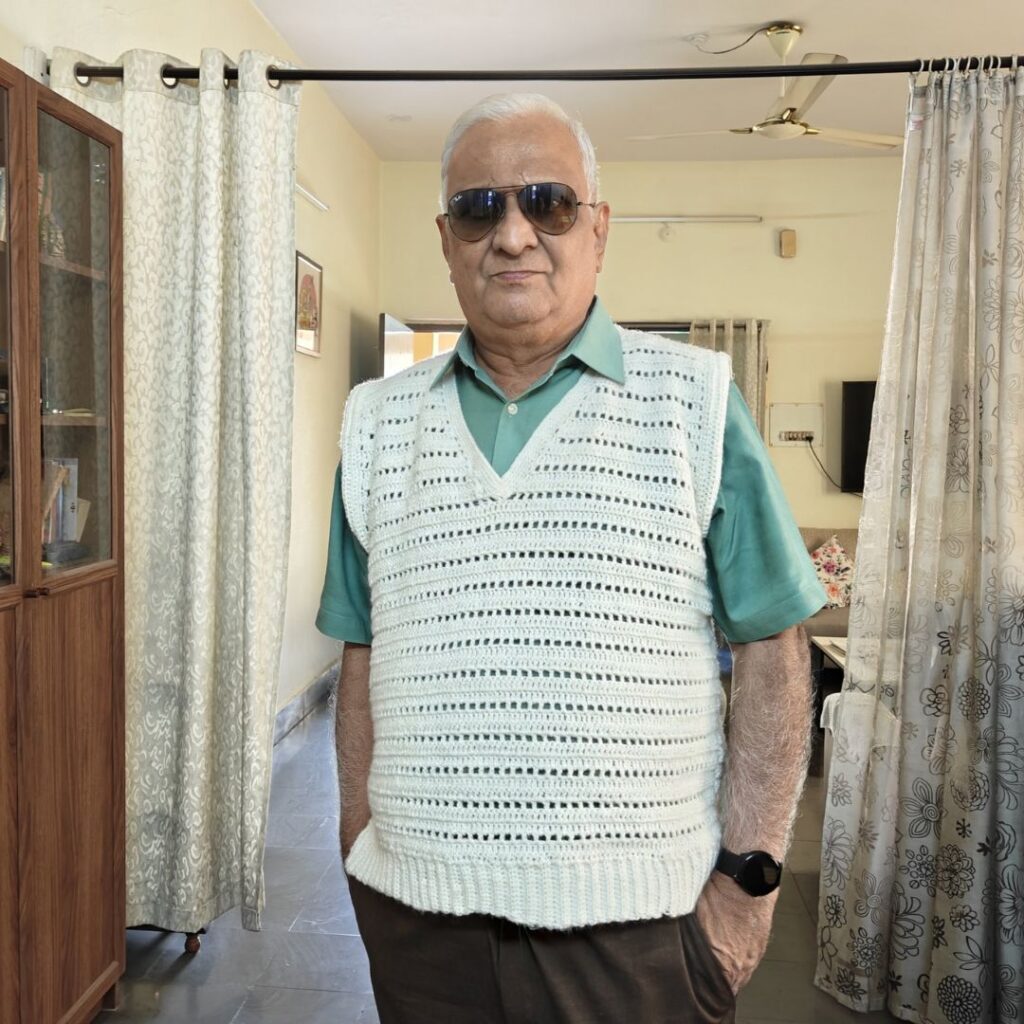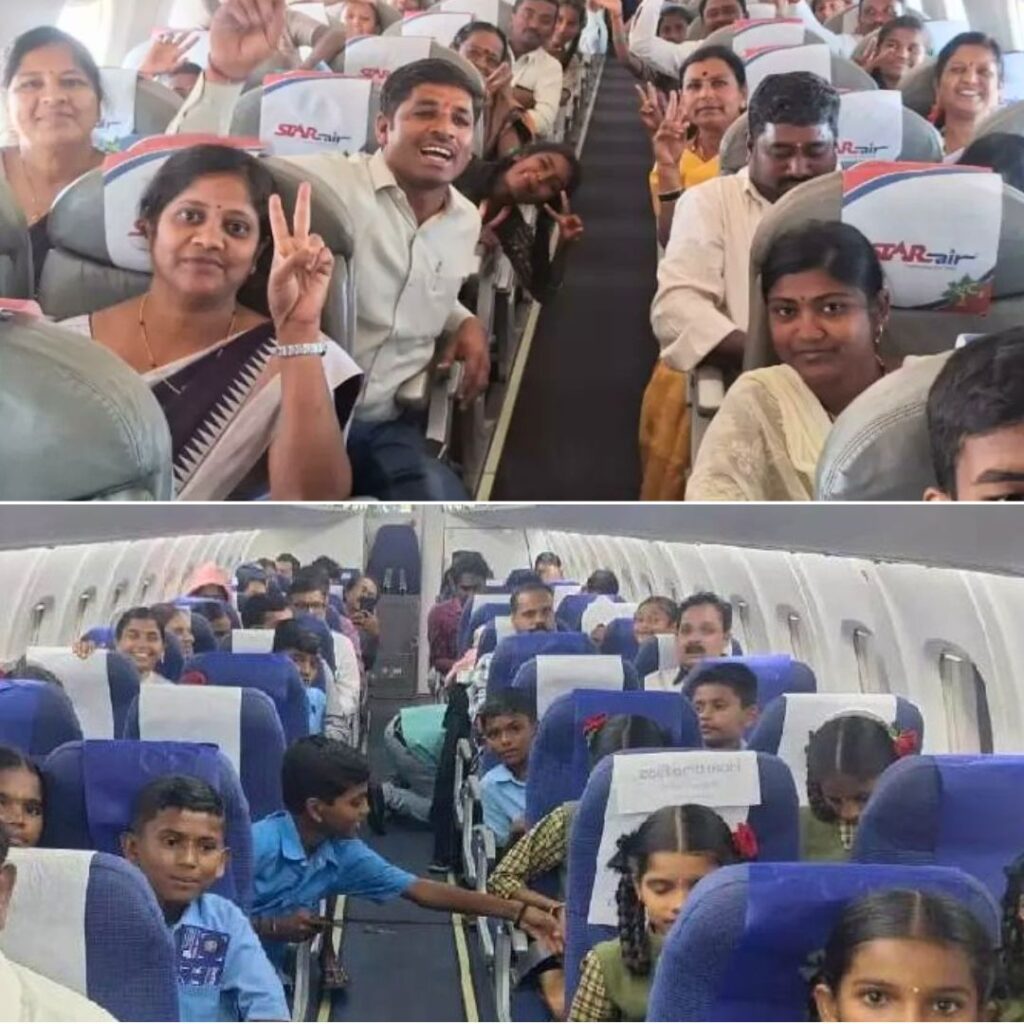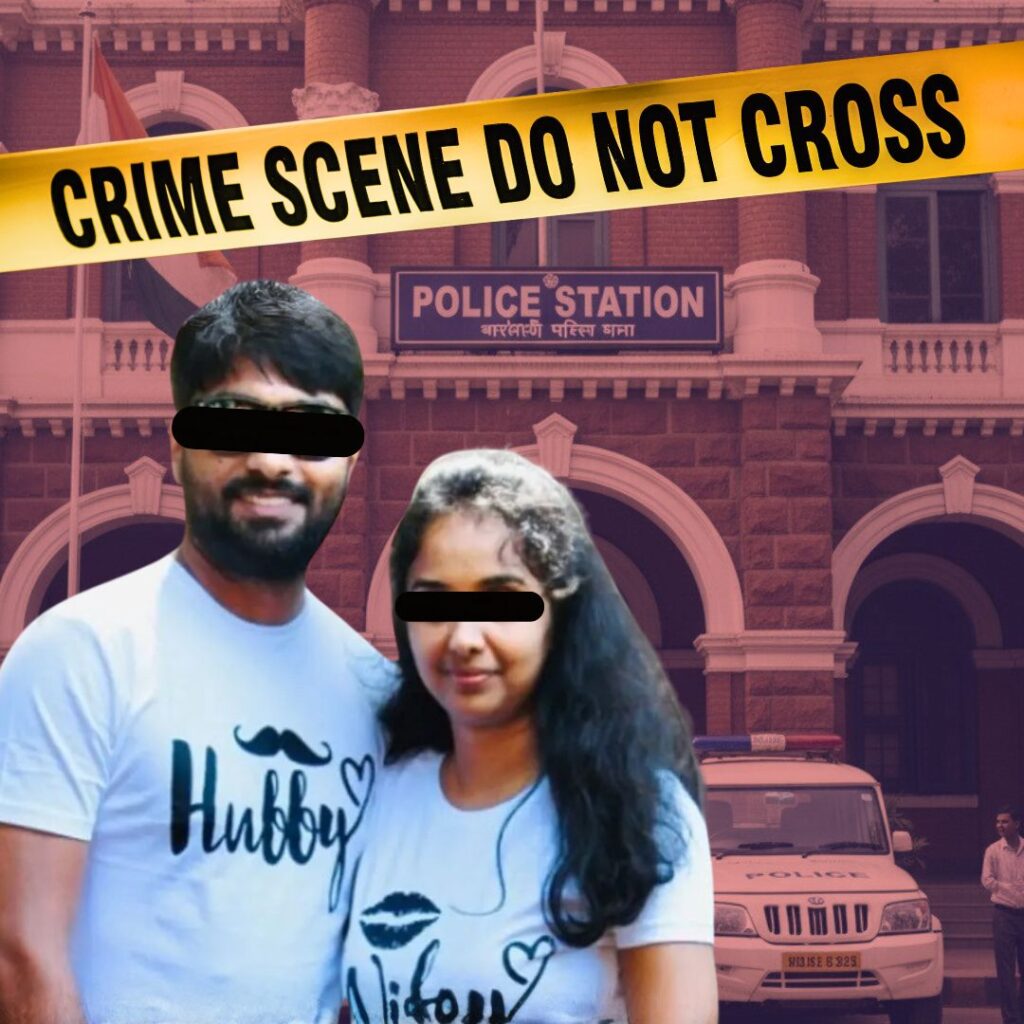The Uttar Pradesh government, acting on a September 16, 2025, Allahabad High Court directive, has introduced one of the most comprehensive bans on caste references in India’s recent history.
The new order prohibits the mention of caste in police records such as FIRs, arrest memos, and administrative documents, replacing it with the use of parent names for identification. Public displays of caste, including vehicle stickers, signboards, and political rallies, are now illegal across the state, with exceptions only applying under the SC/ST (Prevention of Atrocities) Act.
This ban is enforced by a ten-point government directive sent to all district magistrates and police chiefs for immediate adoption.
Key Directives and Implementation
The government’s order lays out a strict framework for enforcement. Police and administrative authorities must amend all manuals, formats, and Standard Operating Procedures to remove caste as a field, including from the Crime and Criminal Tracking Network and Systems (CCTNS) portal, requesting technical support from the NCRB.
Police stations are ordered to erase caste columns from registers and noticeboards without delay. Vehicles found displaying caste identifiers will be subject to penalties under the Motor Vehicles Act, while caste-glorifying signs in towns and colonies must be taken down immediately.
Authorities are also tasked with strict social media monitoring, empowered to act against users promoting caste glorification or hatred under the IT Rules, 2021.
Political and Social Reactions
The move has triggered a strong response from across the political spectrum and civil society. While the government frames the ban as a step to eliminate caste-based discrimination and promote social harmony, critics, including Samajwadi Party chief Akhilesh Yadav, argue that deep-rooted biases cannot be removed by administrative orders alone.
Yadav questioned how such measures will address the entrenched mentality that perpetuates caste prejudice in everyday interactions, attire, and rituals, pointing to humiliation and false accusations still faced by marginalised groups. Political parties that organise around caste identities, including several BJP allies, are concerned about the implications for their organisational activities ahead of the 2027 Assembly elections.
The ban’s immediate implementation has posed both administrative and social challenges, as authorities race to remove caste markers from thousands of police stations, vehicles, and public signs across Uttar Pradesh. Political parties reliant on caste mobilisation have expressed concern, questioning the impact on legitimate representation for marginal groups and highlighting possible backlash from communities feeling their identities are suppressed. With the 2027 Assembly elections approaching, how the order is enforced, and its effect on public sentiment, will be watched closely across India.
Moving Beyond Policy: The Larger Challenge
While the legal framework is vital for setting new social standards, experts and activists caution that sustainable change depends on broader cultural shifts. The ban is intended to promote equality and uphold constitutional morality, reducing opportunities for caste profiling and hate-mongering.
However, the persistence of centuries-old divisions may require educational reforms, deep dialogue, and empathy-driven community engagement alongside legal measures. As the policy takes immediate effect, the coming months will test whether Uttar Pradesh’s top-down approach can foster genuine inclusiveness, or if further efforts will be necessary to dismantle caste divides and promote true equality.
𝐔𝐏 𝐠𝐨𝐯𝐭 𝐛𝐚𝐧𝐬 𝐜𝐚𝐬𝐭𝐞-𝐛𝐚𝐬𝐞𝐝 𝐩𝐨𝐥𝐢𝐭𝐢𝐜𝐚𝐥 𝐫𝐚𝐥𝐥𝐢𝐞𝐬, 𝐩𝐮𝐛𝐥𝐢𝐜 𝐝𝐢𝐬𝐩𝐥𝐚𝐲𝐬 𝐚𝐧𝐝 𝐜𝐚𝐬𝐭𝐞-𝐫𝐞𝐥𝐚𝐭𝐞𝐝 𝐦𝐚𝐫𝐤𝐢𝐧𝐠𝐬 𝐢𝐧 𝐩𝐨𝐥𝐢𝐜𝐞 𝐫𝐞𝐜𝐨𝐫𝐝𝐬.
— All India Radio News (@airnewsalerts) September 23, 2025
🔸Directive issued by Chief Secretary Deepak Kumar to all district authorities.… pic.twitter.com/C6gNdU10NN












